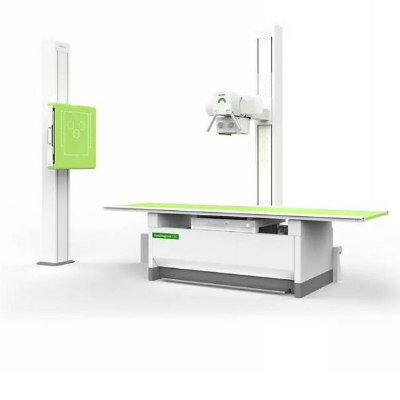Fat Distribution Plays Role in Weight Loss Success in Patients at Risk of Diabetes
By MedImaging International staff writers
Posted on 21 Sep 2010
German researchers reported that magnetic resonance imaging (MRI) and magnetic resonance spectroscopy (MRS) can provide the solution to why some individuals lose weight and body fat when they exercise and eat less and others do not--and may help predict who will benefit and who will not from lifestyle changes. Posted on 21 Sep 2010
The study's findings were published online in August 2010 and the November 2010 issue of the journal Radiology. "You may have two individuals who weigh the same and have the same body mass index [BMI], but have very different levels of internal fat,” said lead researcher and physicist Jürgen Machann, Dipl. Phys., from University Hospital Tubingen (Tübingen, Germany). "Abdominal and liver fat are the two most important factors in predicting whether a lifestyle intervention will be successful.”
Dr. Machann and researchers performed MRI and MR spectroscopy on 243 individuals prior to and nine months after a lifestyle intervention. The intervention called for a weight loss of 5%, reducing fat intake to a maximum of 30% of total calories (including less than 10% in the form of saturated fat) and engaging in moderate physical activity such as walking at least three hours a week. Each of the participants, which included 144 females (mean age 44.5 years) and 99 males (mean age 47.3), was considered at risk of developing type 2 diabetes as a result of obesity, measured by a body mass index (BMI) of 27 or greater or having an impaired glucose tolerance or a first-degree relative with the disease.
"Common methods, such as body impedance analysis, may determine that a body consists of 25% fat, but that does not tell you how the fat is distributed,” Dr. Machann said. "BMI is a good measure for obesity but not necessarily a predictor for health risk, because not only the amount of fat, but also its distribution are essential. Only by looking inside the body can you establish the amount of visceral [abdominal] and liver fat.”
MRI allowed the investigators to differentiate fatty tissue from lean tissue throughout the body. MR spectroscopy generated additional information on the fat content of individual organs, such as the liver. The researchers used improved insulin sensitivity to measure the success of the lifestyle intervention. Individuals with type 2 diabetes do not respond correctly to insulin, a hormone secreted by the pancreas that aids in metabolism. In prediabetes, cells become resistant to the action of insulin.
After nine months of participating in the lifestyle intervention, insulin sensitivity improved in 71% of the men and 58% of the women. Individuals with improved insulin sensitivity lost considerable amounts of visceral fat (a mean reduction of 19% for women and 20% for men) and liver fat (an average reduction of 35% for women and 44% for men) while reducing 3-5% of body weight.
"The participants who improved their health status as a result of diet and exercise started out with lower baseline levels of abdominal and liver fat,” Dr. Machann said. "In our study, these two factors predetermined whether or not a lifestyle intervention would be successful for a particular individual.”
Individuals who did not improve insulin sensitivity as a result of lifestyle changes lost much smaller amounts of visceral fat (a mean reduction of 4% for women and 6% for men). The men also lost less liver fat (a mean of 15%), and women gained a mean of 22% in liver fat. "Our results demonstrate that with MRI and MR spectroscopy, we can determine who will benefit from dietary changes and exercise and who will need other interventions,” Dr. Machann said.
Related Links:
University Hospital Tubingen














